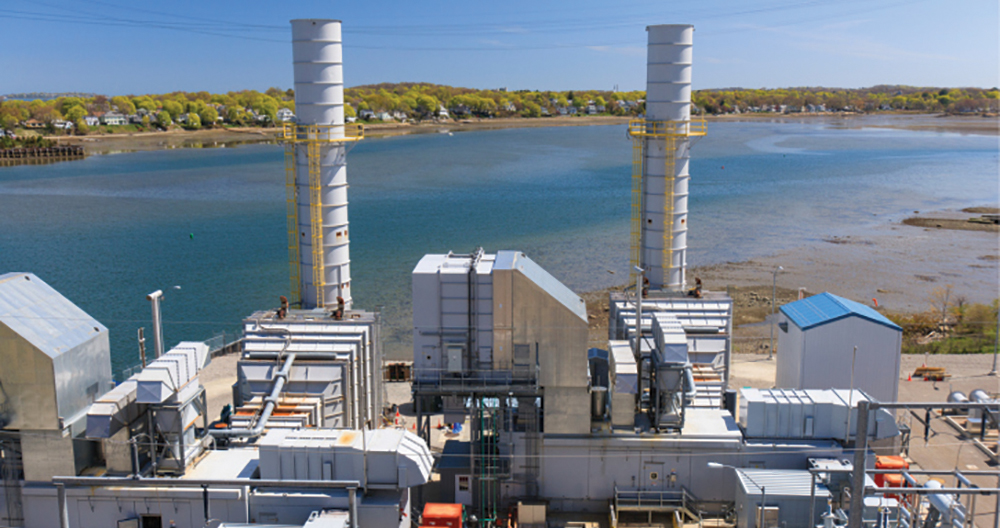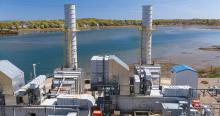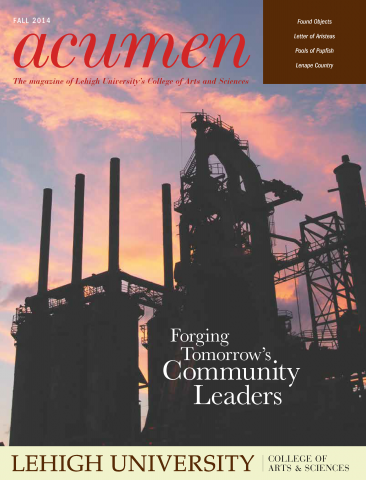
River systems support industry, agriculture and the infrastructure that helps drive modern society. The world’s regional climates are influenced by water, and local responses to climate change are the focus of research by two professors in the department of earth and environmental sciences.
Typically, runoff increases in winter throughout the northern United States and decreases in summer; snowpack decreases as well. Benjamin Felzer, assistant professor, together with Dork Sahagian, professor, used computer modeling to generate projections of surface hydrology and local ecosystem responses to expected climate change.
“We’ve always known that dry places get drier and wet places get wetter as climate changes,” says Sahagian. “But it’s not that simple. There’s a seasonality to it. Pennsylvania is a wet place; on average, it will get wetter with more precipitation, but there’s more evaporation. Soil moisture goes down, on average. It doesn’t seem to be a big deal in the winter, but based on [Felzer’s] modeling, in the summer, we’re going to get less stream flow and the summers will be drier. At the same time, it’s going to get wetter in the winter.”
Drier summers and decreased stream flow are concerning to a state with a strong agricultural economy. Dairy is No. 1 in production in the Keystone State, but cows produce less milk when it is hot and dry. Corn yields are also reliant on the soil moisture levels. Nationally, the researchers project crop yield will increase in the West and Pacific Northwest.
Smaller rivers may also influence power generation in Pennsylvania, say Sahagian. Electrical generation relies on rivers for cooling systems, and it will be harder in the summer to meet regulatory constraints because hot water cannot be released back into the river.
The study provides a basis for policy makers to choose from a range of likely climate futures for their particular region. It is necessary to understand significant regional trends, says Sahagian. A modeling approach might reduce uncertainty at the regional level for decision makers. Studies like this also help businesses prepare for climate changes that will affect them as warmer summers translate to increased power demand, he says.
“It’s not a disaster if you’re not caught off guard.”



































